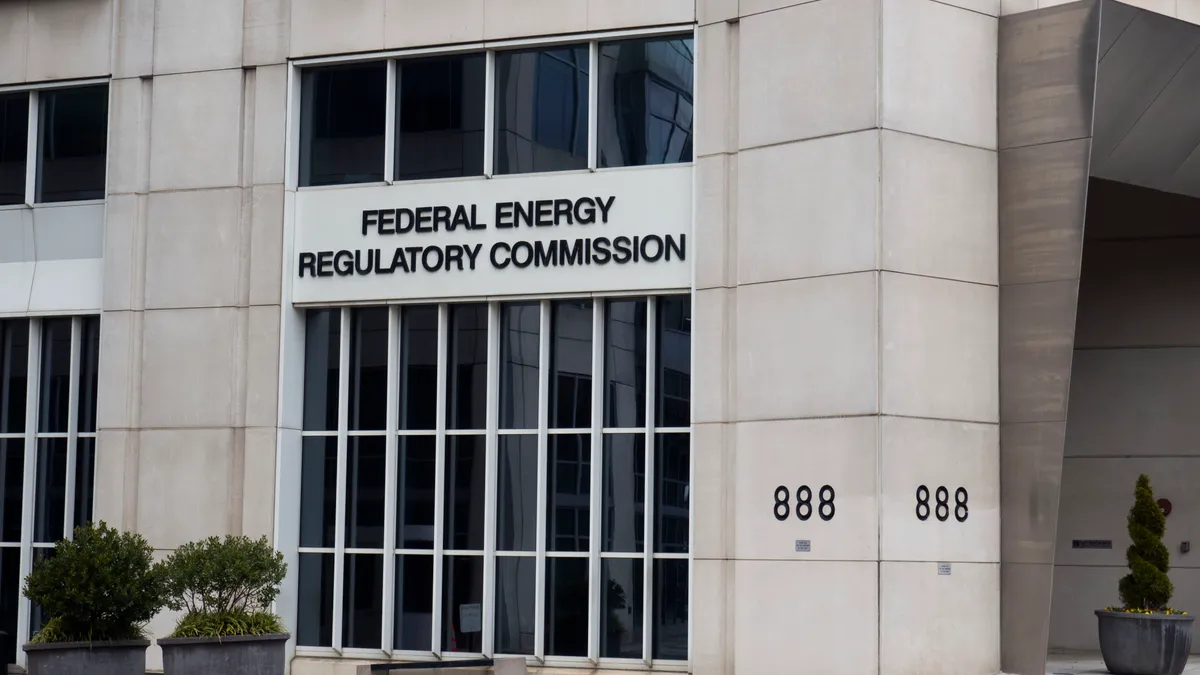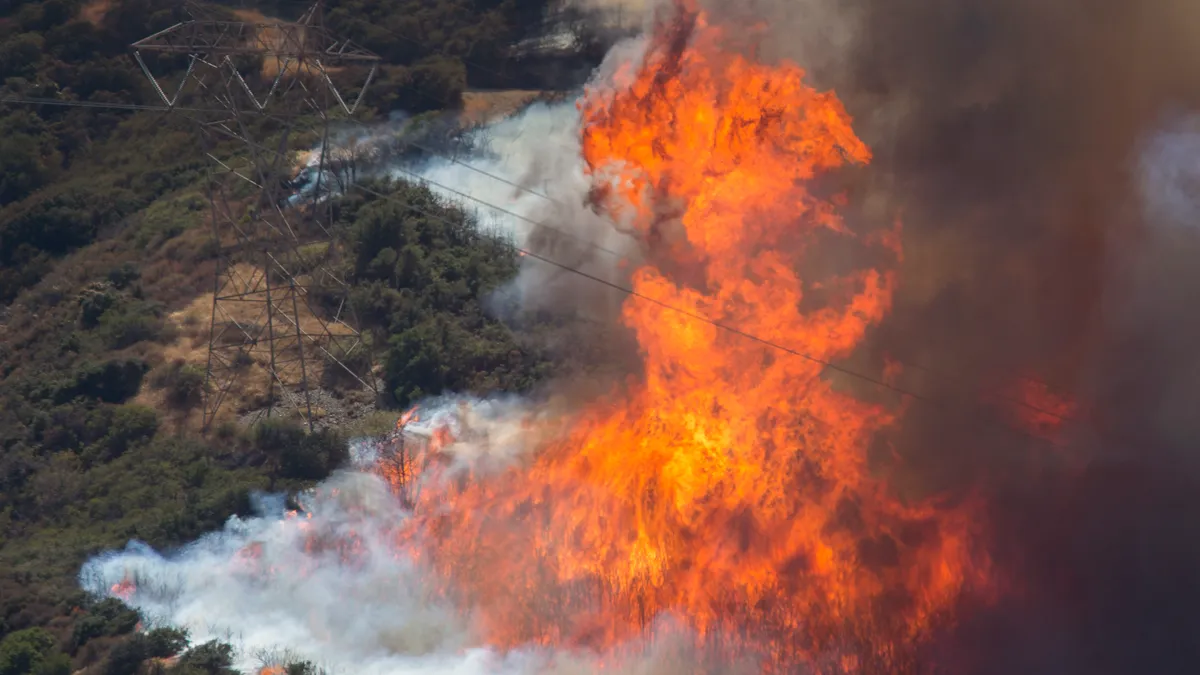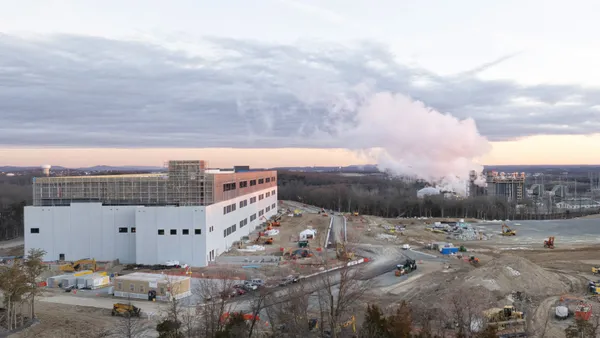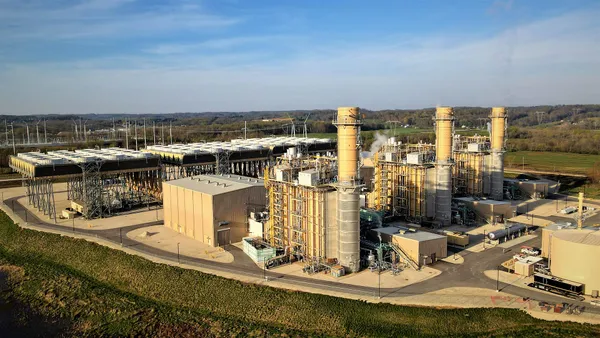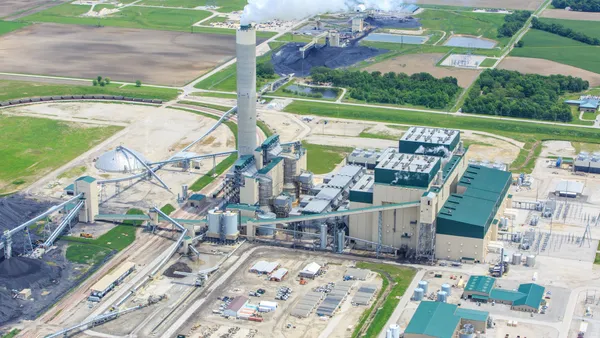Dive Brief:
- The Midwest ISO has issued an updated analysis of potential Clean Power Plan impacts, finding between 16 GW and 21 GW of coal capacity will be retired under the new rule when a 30% carbon reduction is targeted, EnergyWire reports.
- The report suggests an overhaul of the grid operator's strategy for siting renewable energy, specifically wind power, finding a transmission buildout and targeted development of turbines could speed a low-carbon transition.
- MISO also considered a slower, 17% carbon reduction and the faster, renewables-driven transition as well, concluding between 8 GW and 30 GW would be retired by 2030 depending on the scenario.
Dive Insight:
The U.S. Supreme Court's stay of the Clean Power Plan has thrown planning processes into chaos, but but the Midwest ISO has gone ahead with a mid-term assessment that shows coal retirements could outstrip previous projections issued just months ago.
In December, MISO projected as much as 14 GW of coal retirements under the new rule, with another 13 GW possible under the EPA's Mercury and Air Toxics Standards as well.
MISO also said its Regional Generation Outlet Study (RGOS) in 2009 identified "likely areas for deployment of wind generation," but that the process needs updating. "These zones were designed to accommodate MISO states’ Renewable Portfolio Standards (RPS), but renewables are forecasted to increase beyond those mandates. ... This potential growth in renewables calls for enhancements to MISO’s MTEP renewable siting methodology."
"Understanding how regions plan for the increasing levels of renewables is very important," Natural Resources Defense Council's John Moore told EnergyWire. "It's good for them to be doing this kind of analysis."
The seven-year-old study was aimed at figuring out the impact of wind buildout to meet state renewable mandates, EnergyWire reported, which are on track or have been met.
MISO finally selected a single retirement figure for each carbon scenario, and projected coal closures of 8 GW, 16 GW and 24 GW, under 17%, 34% and 43% carbon reduction plans, from 2005 to 2030.
Earlier this year, MISO officials said they believed the grid could meet CPP requirements through the strategic dispatch of existing and planned resources through 2025. The cost of compliance will largely hinge on the cost of natural gas, MISO said, which has been low in recent years. But incremental price increases can have a large impact, and MISO compliance costs could range from $5.8 billion on up to $104 billion, with gas prices modeled between $2.30/MMBtu and $6.30/MMBtu.





